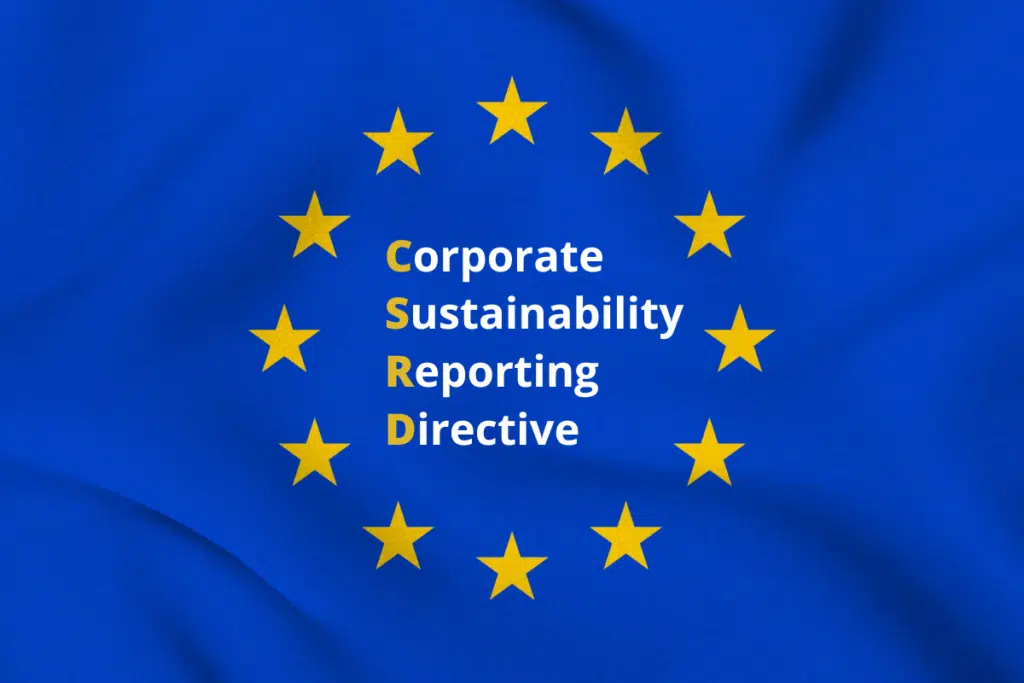3 Things You may not know about How CSRD Impacts Your 3PL Company
The world of third-party logistics (3PL) is rapidly evolving. While it’s no secret that regulations have always played a pivotal role in the operations of 3PL companies, the Corporate Sustainability Reporting Directive (CSRD) is ushering in a new era of transparency and accountability. As a leader in the 3PL industry, especially in the Netherlands – an EU member state at the forefront of sustainability initiatives – understanding the nuances of CSRD is imperative.
Let’s delve into some key facets of CSRD that may be lesser-known but have significant implications for your business.
1. A Double Materiality Assessment is Required
Under the CSRD, a “double materiality” perspective is crucial. This means that not only do you need to assess and report the impacts of your company’s activities on the environment and society, but you also have to evaluate how sustainability issues may impact your business’s performance. This dual lens requires:
Internal Analysis: This assesses how environmental, social, or governance (ESG) factors can affect your company’s value chain, financial performance, or operational efficiency.
External Analysis: This gauges the consequences of your business activities on the environment, society, and external stakeholders.
The double materiality assessment ensures that companies are not only reactive but also proactive in identifying, measuring, and managing ESG-related risks and opportunities. The outcome of this assessment is crucial in determining which parts of the CSRD are applicable to your organization.
2. CSRD is Not a One-Time Report
CSRD compliance isn’t about producing a single annual report and forgetting about it until the next year. It’s a continuous process of:
- Annual Reporting: Each year, your company is required to generate a comprehensive CSRD report. This isn’t just a one-off task but an ongoing commitment.
- Data Collection & Measurement: Year-round, you must be actively collecting and measuring relevant ESG data. This means investing in tools, systems, and personnel trained to capture this data accurately.
- Benchmarking Against Targets: Once the data is collated, you need to report it against your set sustainability targets. This isn’t merely a compliance task—it provides valuable insights into how you’re tracking against your ESG goals, offering a chance to recalibrate strategies if necessary.
- Revalidating Double Materiality: As your business grows and the market evolves, your materiality assessments will need periodic reviews and validations to remain relevant and accurate.
3. Accuracy and Completeness Are Paramount
The CSRD report isn’t just another document; it’s a statement of your company’s commitment to sustainability and an indicator of your transparency to stakeholders. Thus, its precision is non-negotiable.
- Detail & Accuracy: Think of your CSRD report as you would a financial statement. Every piece of data, every claim, and every projection needs to be meticulously detailed, accurate, and backed by evidence.
- Accountant Sign-off: Just as financial reports require an accountant’s validation, your CSRD report needs a similar level of authentication. This not only increases its credibility but ensures it adheres to all requisite standards and benchmarks.
- Ongoing Costs: Producing a CSRD report isn’t cost-free. From investing in data collection tools to hiring ESG specialists, from validation fees to potential upskilling of staff, there are associated costs. However, view these not as burdens but as investments in fortifying your company’s sustainability credentials and future-proofing your business.

